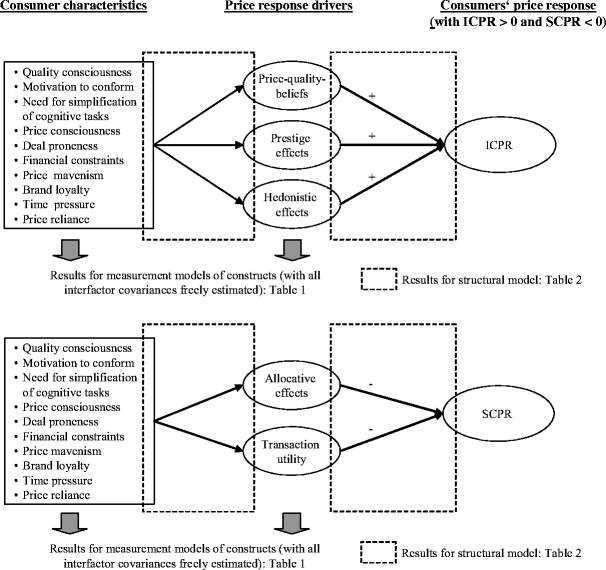Survey of chronic pain in Chile – prevalence and treatment, impact
Por um escritor misterioso
Descrição
Background and aims The prevalence of chronic non-cancer pain has not been specifically reported in Chile. Methods In order to assess its prevalence and impact, we designed a tool based on previously published survey studies. We analyzed a sample of 784 subjects to determine the prevalence of chronic non-cancer pain, with a maximum variability of 50%, a confidence interval (CI) of 95%, and an estimation error of 3.5%. Finally, a cross-sectional cell phone survey was conducted on a nationally representative probability sample of 865 subjects of over 18 years, in November 2013. The prevalence of chronic non-cancer pain was estimated by using expansion factors according to national projections by age group and gender, from the Chilean National Institute of Statistics for the year 2010. Results The estimated prevalence of chronic non-cancer pain was 32.1% (95% CI: 26.5–36.0). The respondents with chronic non-cancer pain presented the following results: 65.7% had moderate pain, and 20.8%, severe pain; 65.6% had somatic pain, 31.7% neuropathic pain, and 2.7% visceral pain. Approximately 70% reported they were receiving some kind of pharmacological treatment with certain frequency. In 64.9%, medication was prescribed by a physician. The prevalence of sick leave in workers was 30.22%, with a median duration of 14 days (interquartile range: 14; range: 1–60). Conclusions Chronic non-oncological pain occurs in 32% of Chilean adults. These figures provide the first measurement of chronic non-cancer pain in the Chilean population. Implications Chronic non-oncological pain impact as a public health problem is revealed, given the high prevalence found, and the elevated private and social costs involved.
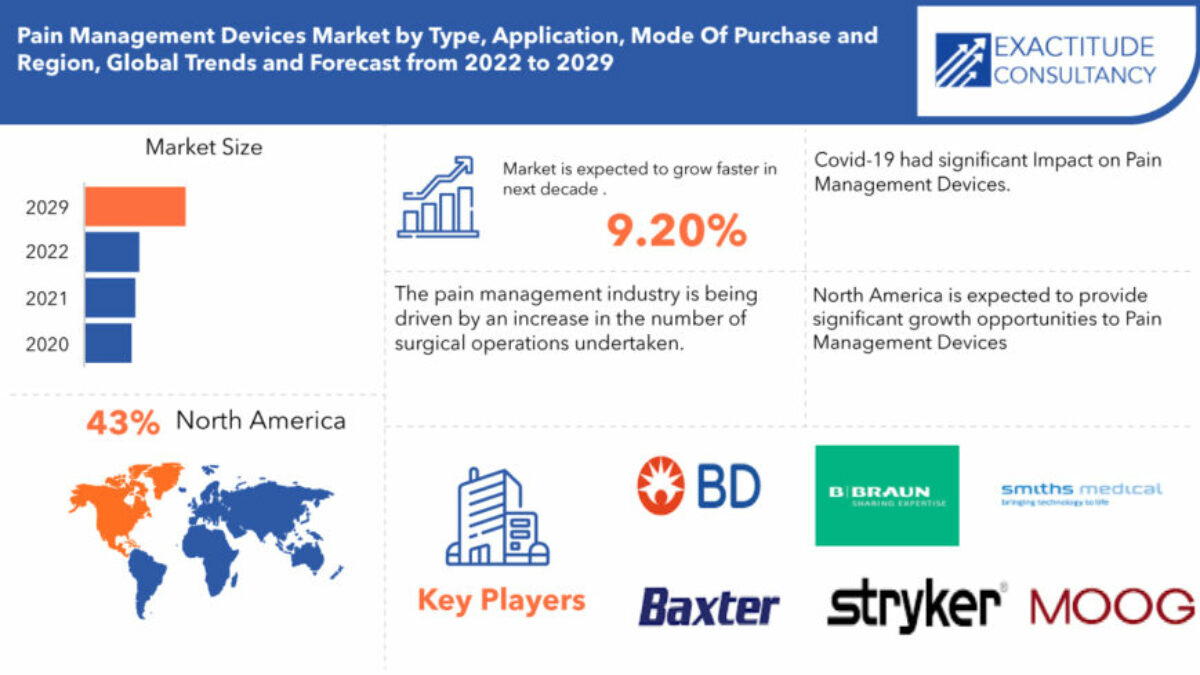
Pain Management Devices Market Size, Share

Overall proportion of orthorexia nervosa symptoms: A systematic review and meta-analysis including 30 476 individuals from 18 countries — JOGH

Prevalence of Chronic Pain, Treatments, Perception, and Interference on Life Activities: Brazilian Population-Based Survey
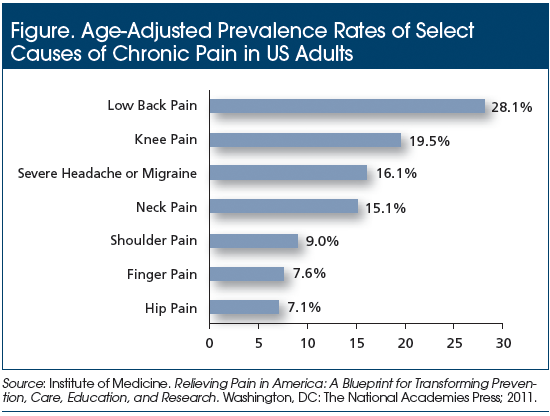
Socioeconomic Burden of Chronic Pain

JPM, Free Full-Text
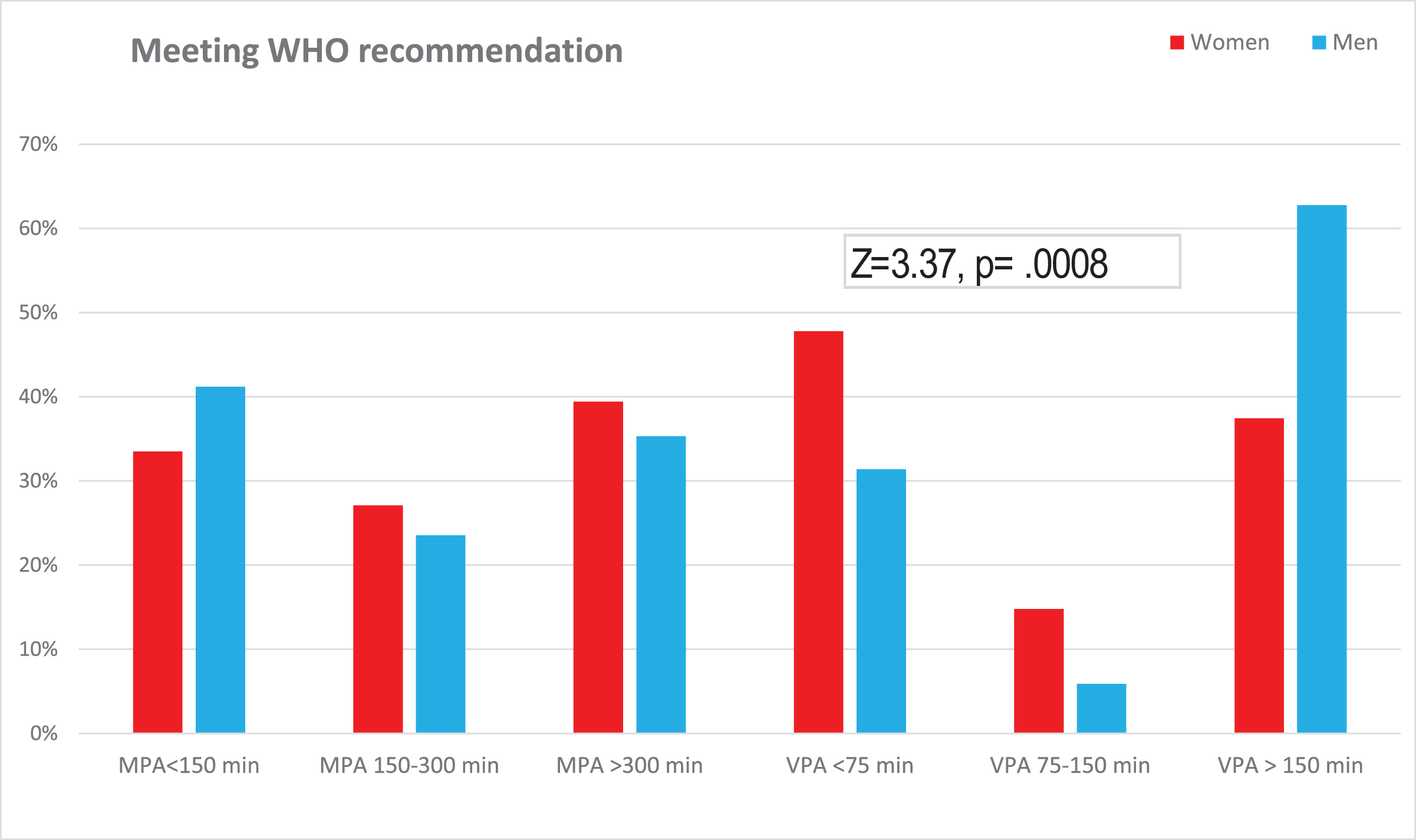
The association between physical activity and musculoskeletal disorders—a cross-sectional study of teachers [PeerJ]

The Weight of Sadness: Understanding Depression Statistics in 2023 - TherapyDen
/cloudfront-eu-central-1.images.arcpublishing.com/prisa/FI6MKO3UOJAXFLCRUWNEK3ITRA.jpg)
The collateral damage of endometriosis: Increased risk of cancer, chronic pain and infertility, Health

Global guidance for the recognition, diagnosis, and management of tumor‐induced osteomalacia - Jan de Beur - 2023 - Journal of Internal Medicine - Wiley Online Library
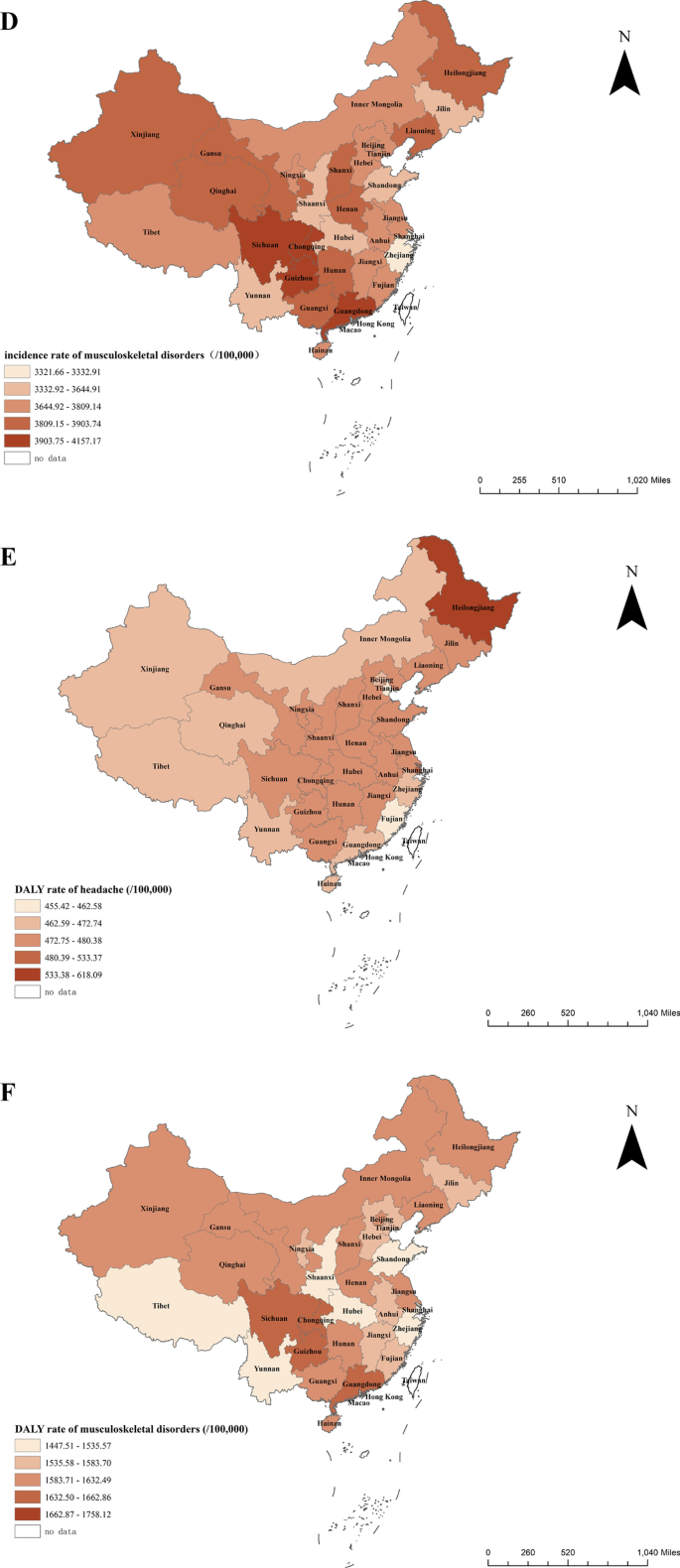
The prevalence and management of chronic pain in the Chinese population: findings from the China Pain Health Index (2020), Population Health Metrics
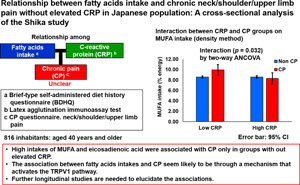
Relationship between fatty acid intake and chronic neck/shoulder/upper limb pain without elevated CRP in a Japanese population: a cross-sectional analysis of the Shika study, Journal of Nutritional Science
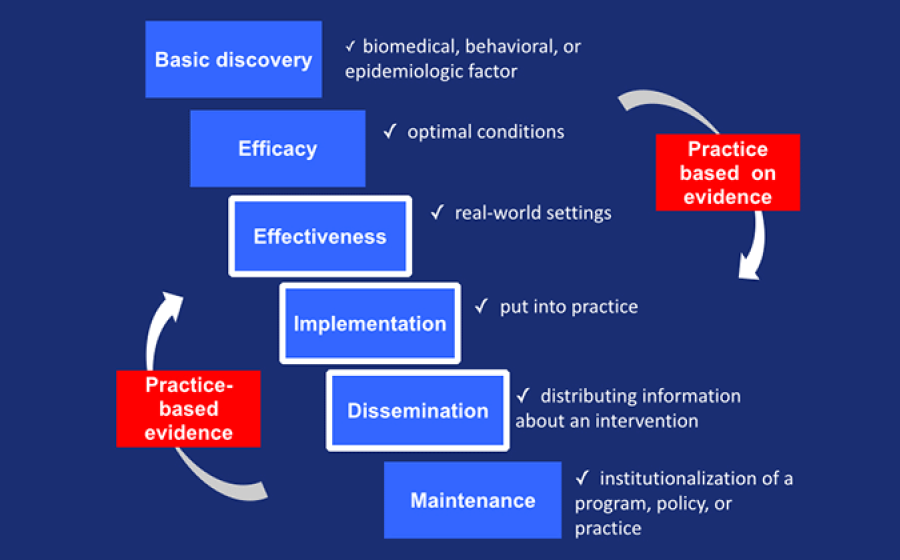
Why Mixed Methods?, Johns Hopkins

Global Burden of Cardiovascular Diseases and Risk Factors, 1990–2019: Update From the GBD 2019 Study
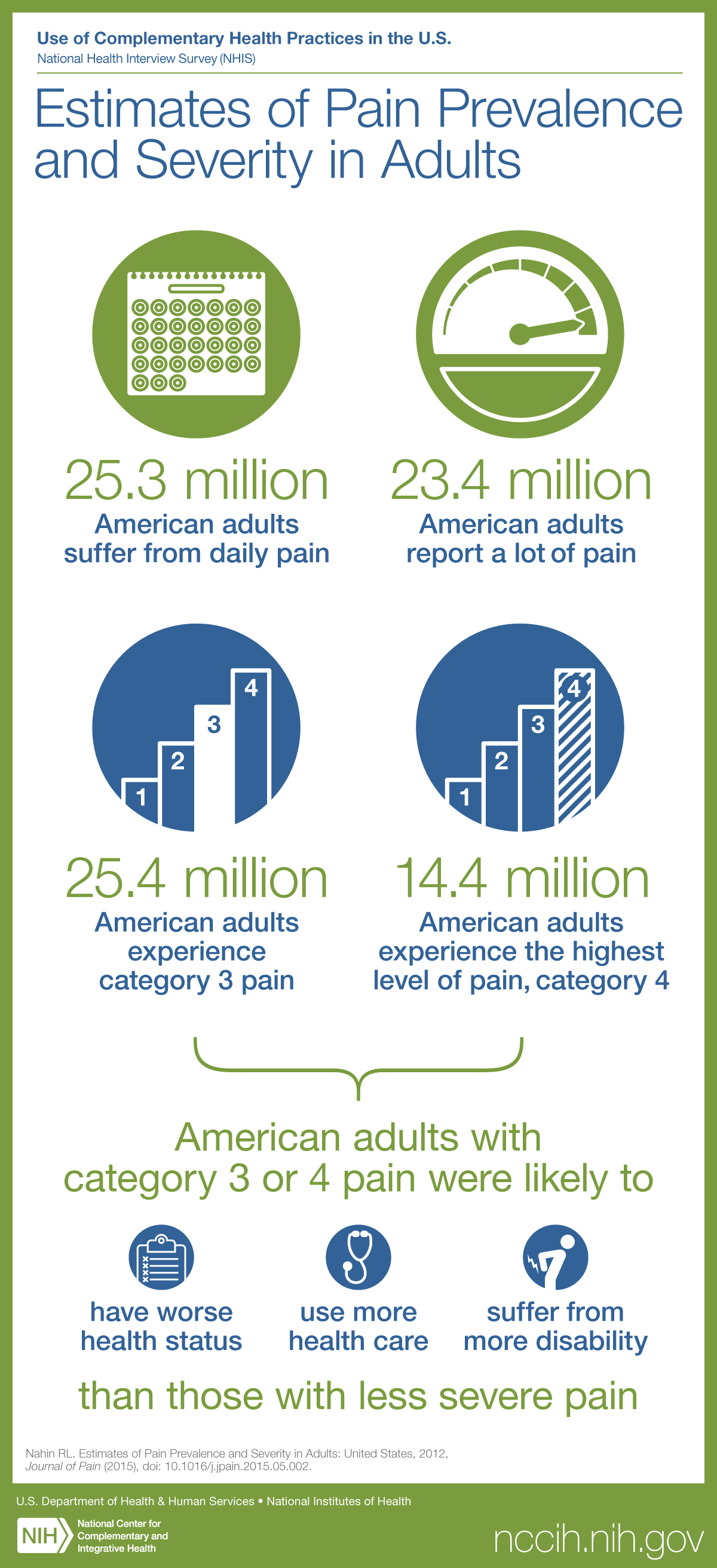
Estimates of Pain Prevalence and Severity in Adults

Clinical Trials Market Size, Share, Trends
de
por adulto (o preço varia de acordo com o tamanho do grupo)



